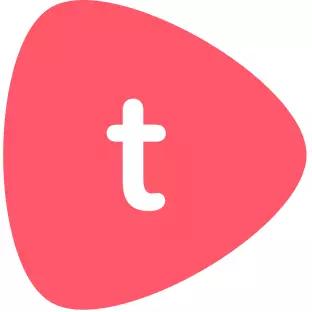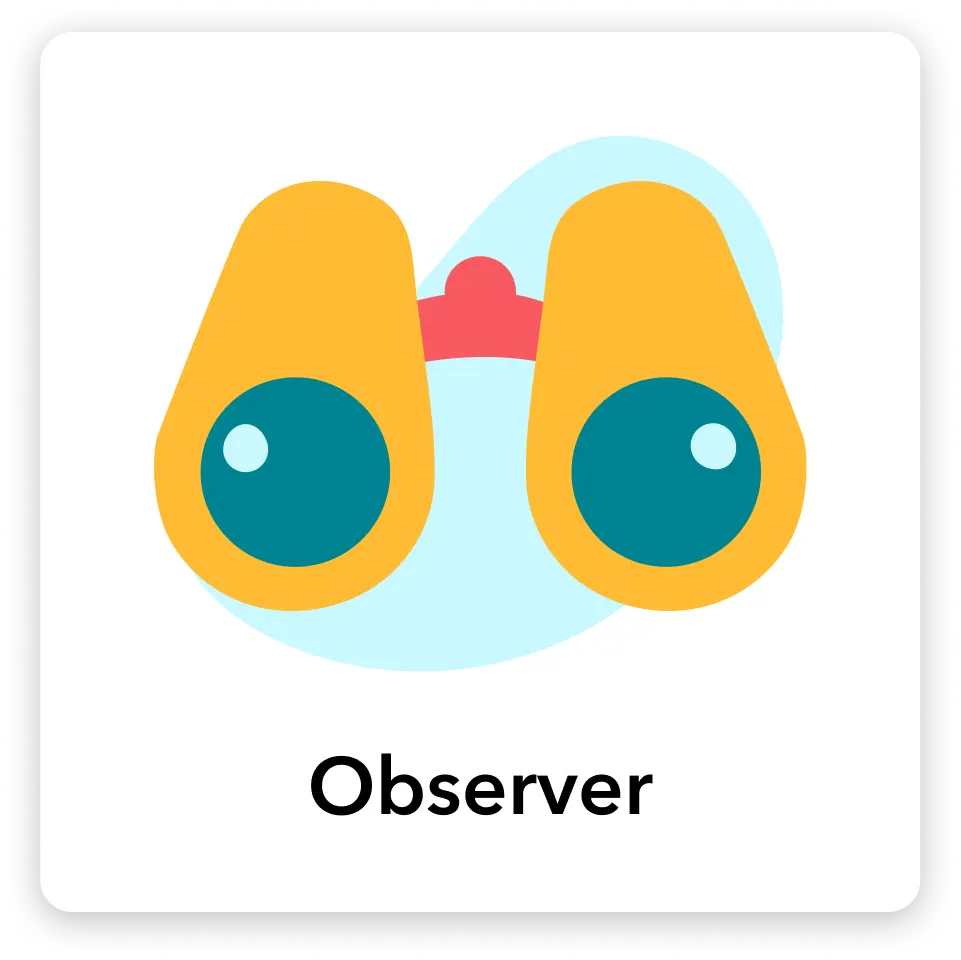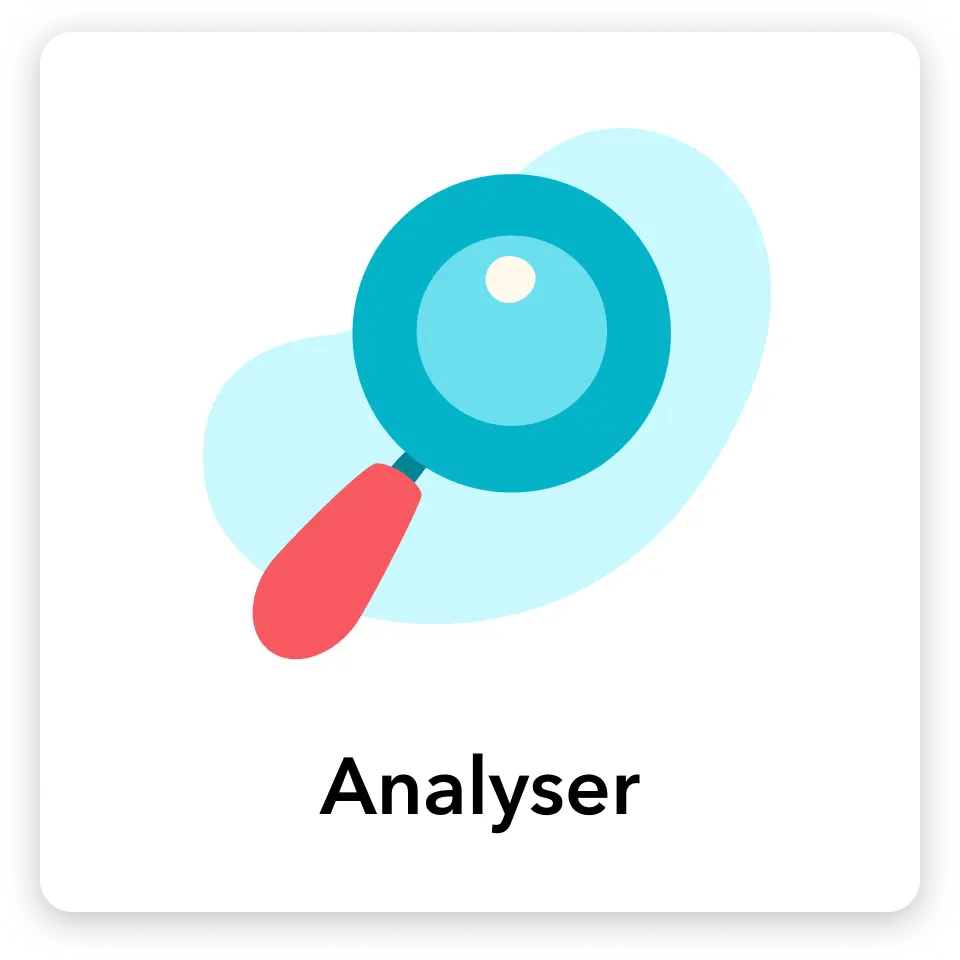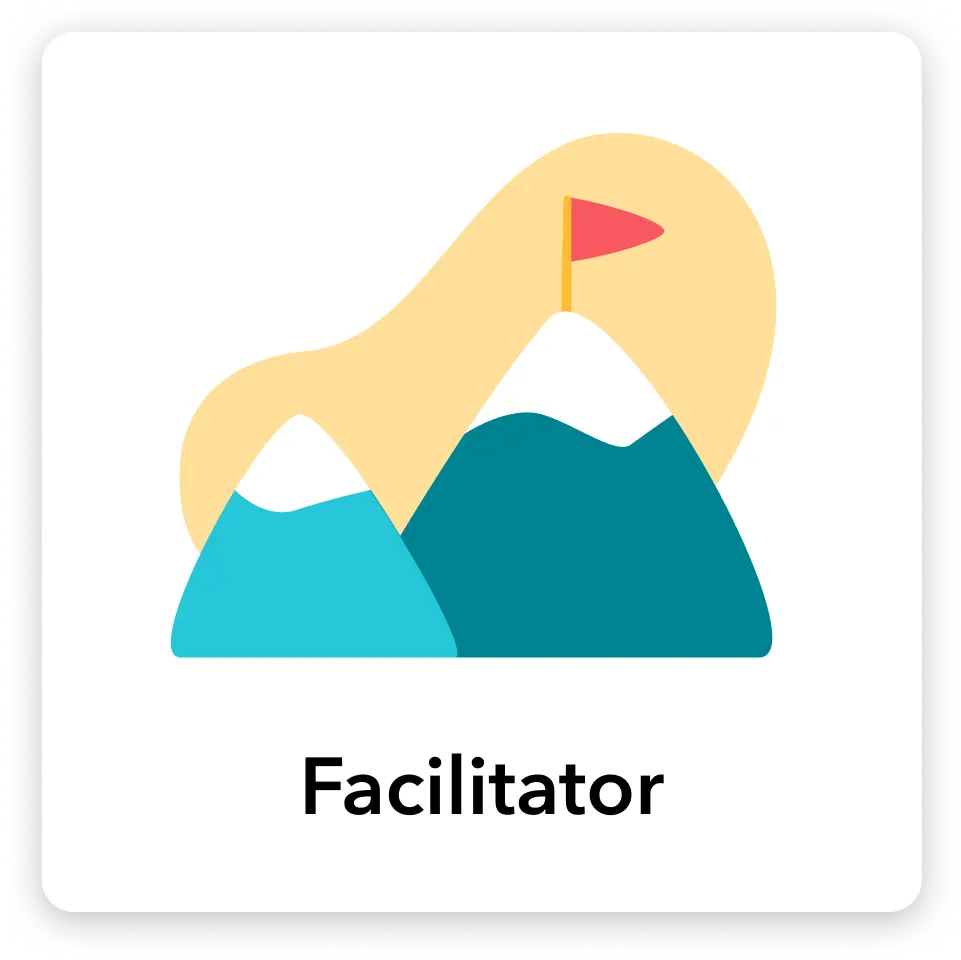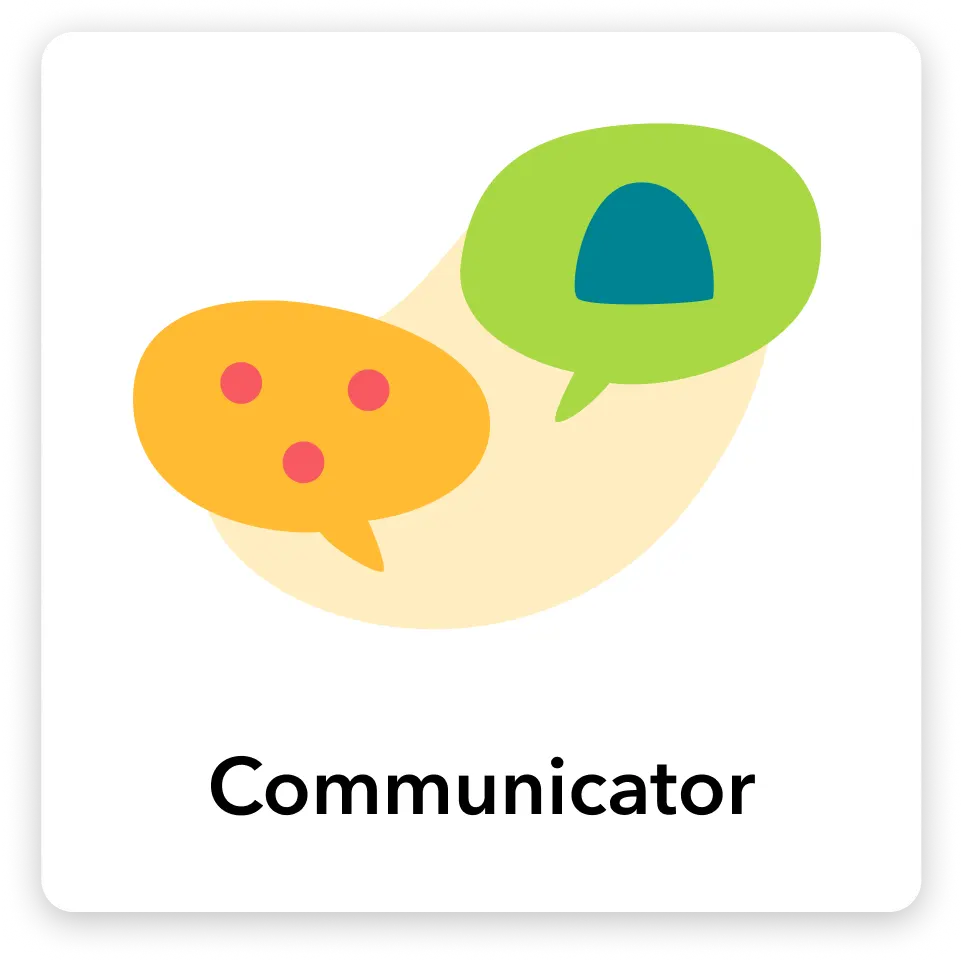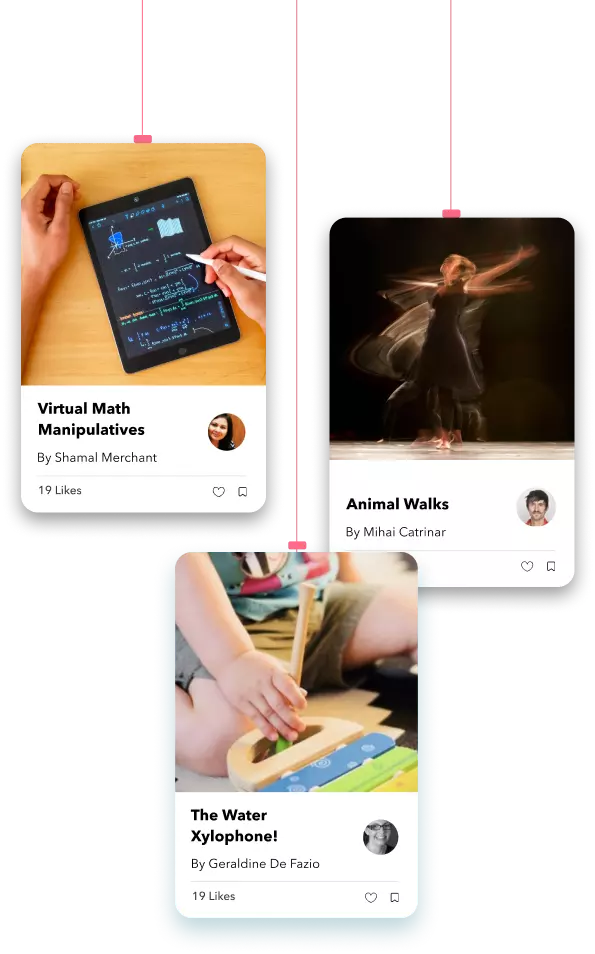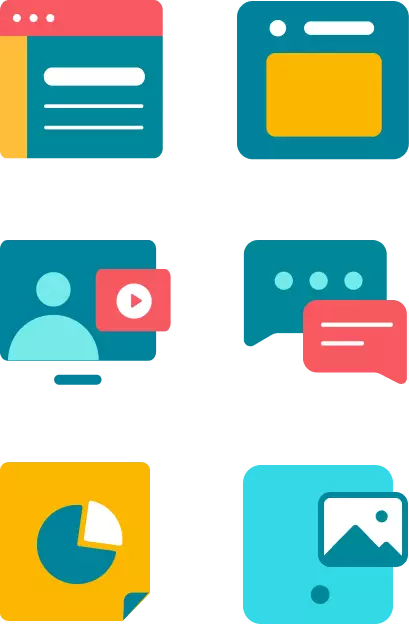In the previous section, you read about what play schemas might look like and what children would be learning through play. In this section, you will consider how to support schematic play. Before you jump in, a little reminder of where you are at so far:
- Schemas are repeated actions and behaviours that can be seen in different areas of the learning environment.
- Not all children will show schemas, nor will they look the same between children. You may find children in the same room have different inquiries and schemas. Some children may display more than one schema at a time.
- Schemas are an opportunity to honour the child as an individual, respond to children’s interests and get to know children better.
Your role in supporting schemas in play?
Your role as an early years educator shifts continually throughout the day. You are constantly in a state of flux, which sees you as an observer, facilitator, documenters, inquirer…and the list goes on.
Click on the cards to reflect on the different roles you play!
What next?
You may have already observed the children through this new ‘schema’ lens and noticed that there are repeated play behaviours; now identified as particular schemas. The next step is considering how to support these schemas by providing resources which allow for further explorations in an appropriate way.
We know life as an educator is a busy one, especially as you jump from role-to-role, so we have put together a set of posters to help as you don your facilitator cape! Download this poster set to support schematic play in your classroom.
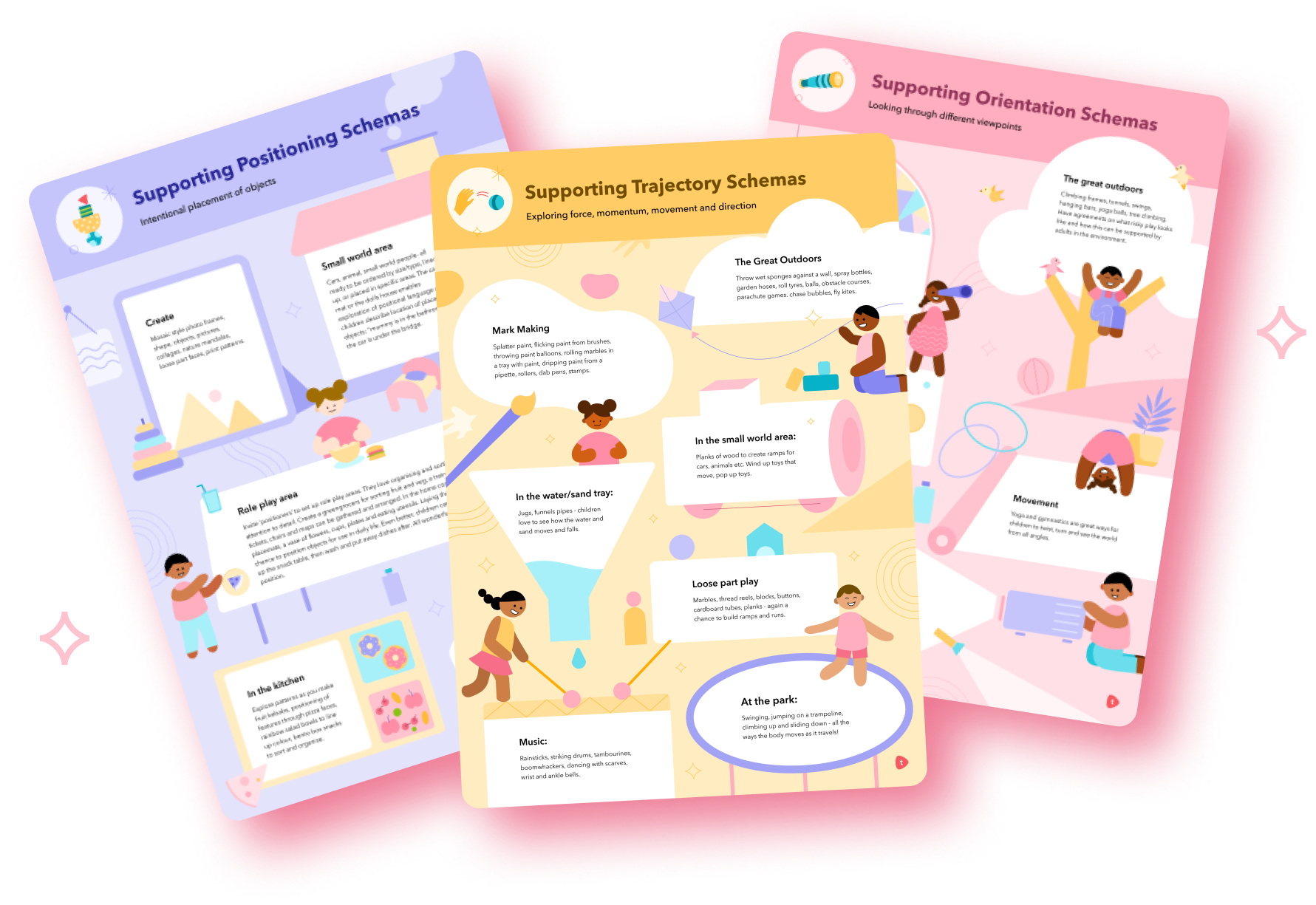
Encourage children's natural play with our eight schema posters
In the next section, we shall explore how we can improve our interactions through schematic play.


